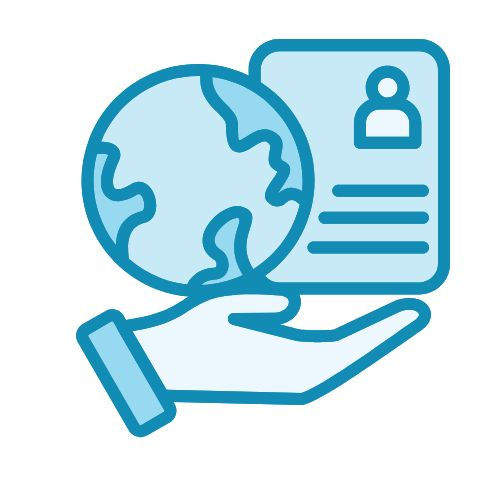Future Directions of Necessary Policy Regarding AI in Medical Devices
- meganjungers
- Mar 7
- 3 min read
Updated: Mar 31
What are our next steps?
The largest challenge for AI policy to overcome in the modern era is consensus on values. Policies are a reflection of the values and items of most importance to a group, and in a way, the choice to establish more general guidelines for best practices as opposed to creating enforceable regulations speaks to the uncertainty of navigating such a new, unprecedented area of policy development. And certainly, the complex nature of numerous different classifications of AI make it all the more difficult to regulate. However, given the elevated risk associated with personal health data, and in reflection of all of the current regulations we have had to evolve in medicine due to past violations to people in the healthcare system, there is a great need to address how personal data will be regulated across the globe when it is used for the purposes of software in a medical device (SaMD-AI).
Failure to create these clear pathways for regulated oversight on the international level is a failure in protecting justice, as it creates unnecessary confusion and delays the developmental process for medical devices with AI capabilities. Some countries have opted for a risk-based approach, which in turn prioritizes transparency, accountability, ethical considerations, and mitigating safety concerns to maintain trust among those using the devices (Reddy, 2025). While certainly important, having nuanced differences in regulations between countries with the same goals only creates obstacles to the approval process and delays allowing for devices to enter the market. Ultimately, this does more harm to the individuals whose quality of life is sometimes significantly influenced by such devices.
At the same time, the decision to not create explicit guidelines for use of data to make the process more digestible is another misjustice to the SaMD-AI-using community. In addition to creating confusion on the developmental side, patients who are consenting to use of these devices often are unaware of the potential uses of their information, or ultimately are unsure of what they are consenting to, given that the protections around that voluntary data is limited, if anything. What is not articulated well enough in the regulations ultimately has difficulty being heard by the general population, creating barriers in health literacy by barring a truly informed consent by the patient. A patient’s autonomy is violated by not ensuring that they have all the information that they are entitled to when making their own care decisions, and ultimately policy is the easiest mechanism to limit that violation and bridge misunderstanding.
While there are the added challenges of international cooperation and collaborating to set forth regulatory guidelines, the reality remains that there are so many different items to reference from past guidelines- this only speaks to the over-complication of voluntary policy that has resulted from the failure of action. If we as a global community agree upon important components to include in legally enforceable terms, I argue that people only stand to gain benefits, protection, and access from creating a cohesive, representative, and ethically conscious foundation of internationally regulated SaMD-AI devices. Ultimately, there is too much at stake regarding SaMD-AI data, and it is in our best interest to ensure that we do build patient data protections into regulations before preventable harm can be done.
Citations:
Reddy, Sandeep. 2025. "Global Harmonization of Artificial Intelligence-Enabled Software as a Medical Device Regulation: Addressing Challenges and Unifying Standards." Mayo Clinic Proceedings: Digital Health 3 (1): 100191. https://doi.org/10.1016/j.mcpdig.2024.100191



Comments